Guest post by Samara
Hello my beautiful friends! Today we have a special guest, Samara the creator of TinyFry. She’s a wonderful, loving person and I’m so happy she decided to share with SevenRoses’ readers a very interesting post about teaching mindfulness to young kids. So if you want to learn a few easy strategies to teach appreciation for the present moment to your little ones, please welcome Samara as she shares her 5 Tips for Teaching Mindfulness to Kids with us!
I used to be a very anxious person and certain situations just wreaked havoc on my body: being in a toxic relationship with an ex-boyfriend, commuting three hours each day to get to work, worrying about money and having essential items when I was pregnant with my first child.
Then I discovered mindfulness, and it just “fit.” It helped me combat stress, improve my insomnia, and just left me feeling more stable in every aspect of my life.
A Positive Trend
The concept of “mindfulness” has proven to be more than a trend. Since it appeared on the scene, the number of people who proudly admit to this practice has skyrocketed. It’s showing up everywhere, even in my kids’ school.
In case you’re not clear on the definition, in a nutshell, mindfulness is the act of being present. More specifically, it’s being present without judgment, distraction, or interpretation.
At first I thought it was a stretch to include mindfulness in a curriculum geared to kids as young as 5 years old. (Seriously, my kindergartener has trouble sitting still for more than 3 minutes!) However, over time I’ve realized that there are huge benefits to teaching mindful behavior to little ones.
Benefits of Mindfulness
There are countless benefits of practicing mindfulness. Here are just a few:
- ❥ Reduces stress
- ❥ Reduces health problems
- ❥ Improves mental development
- ❥ Improves physical development
- ❥ Increases creativity
- ❥ Increases feelings of well being
- ❥ Increases productivity
Mindfulness is a skill my kids can learn now and use for the rest of their lives. As soon as I understood this, it wasn’t a question of if I wanted to teach it to them, but how.
5 Tips For Teaching Mindfulness to Kids
 Act Natural: My kids are still at the stage where they think I’m cool and they actually want to be like me. I’m taking advantage of this and establishing a mindful routine that they can follow. For example, when I make my morning smoothie I causally say that I’m grateful for the delicious ingredients that will kick start my day. My 7 year-old son is then motivated to say he’s grateful for Cheerios and my daughter pipes up “I love my toast!”
Act Natural: My kids are still at the stage where they think I’m cool and they actually want to be like me. I’m taking advantage of this and establishing a mindful routine that they can follow. For example, when I make my morning smoothie I causally say that I’m grateful for the delicious ingredients that will kick start my day. My 7 year-old son is then motivated to say he’s grateful for Cheerios and my daughter pipes up “I love my toast!”
The idea is to make mindful actions a part of your everyday activities. If I made a big deal of appreciating my smoothie, my kids would tune me out. So I start small and act natural. My goal is for them to think it’s perfectly normal to share your blessings before a morning meal or at any other time during the day.
 Listen to the Body: Mindfulness may be a complex concept for young ones. I often have to remind myself to meet the kids on their level and to talk their talk.
Listen to the Body: Mindfulness may be a complex concept for young ones. I often have to remind myself to meet the kids on their level and to talk their talk.
When my 7 year old sits down to do a page of math homework, I know he’s worried about getting the right answers. He’ll fidget, sigh, break his pencil tip and tell me the homework is “dumb” and he’s “stupid.” The fact that he’s “anxious” isn’t something I need to address head on (even though it’s obvious by his behavior).
Instead, I call his attention to something more tangible. I ask him where in his body he feels uncomfortable. And when he tells me his legs are “tingling” and his chest feels “tight,” that’s what I deal with. I suggest we get his blood circulating and his oxygen flowing with a super quick dance party. And 6 minutes later when his legs are tired out and he feels more in control, the math doesn’t seem so tricky after all.
-
 Look Around You: When you start to think about mindfulness, you’ll probably realize there are loads of opportunities during the day to practice being attentive and receptive.
Look Around You: When you start to think about mindfulness, you’ll probably realize there are loads of opportunities during the day to practice being attentive and receptive.
On the days my daughter finishes school earlier than her brother, we enjoy some quality time together, just the two of us. We love to stroll through the community gardens to see what’s changed since our last visit. We agree not to talk for 5 minutes (I set my timer on my phone) and then we silently walk the paths and notice what’s going on around us. When the timer sounds, we share what we’ve discovered. The beauty in this exercise is that even the smallest things delight her, like a new patch of dandelions or the scent of lilacs in the air.
 Narrow it Down: I’ve learned to take advantage of the fact that kids are naturally curious. For example, when my kids are obviously scattered and over stimulated around bedtime, I help them to calm down by narrowing their focus.
Narrow it Down: I’ve learned to take advantage of the fact that kids are naturally curious. For example, when my kids are obviously scattered and over stimulated around bedtime, I help them to calm down by narrowing their focus.
One night while my little ones were playing “the floor is lava” instead of getting ready to sleep, I called “Who wants to see the inside of the toilet?” Within seconds they were at my side and we were peering into the toilet tank. They loved looking at the parts and pieces. When I put the lid back on the tank, I asked if they could sit and draw what they just saw.
They spent the next few minutes quietly sketching their version of how a toilet functions. They were focused and calm. Soon after I was able to shuffle them off to bed with the promise that we’d study the “inside” of something else the following night.
 Be Adaptable: I’m a huge believer in meditation and I admit to trying to force it on my kids. But here’s what I learned: while my 7 year old boy can sit still for extended periods of time, my younger daughter has no interest in keeping one pose for longer than 30 seconds.
Be Adaptable: I’m a huge believer in meditation and I admit to trying to force it on my kids. But here’s what I learned: while my 7 year old boy can sit still for extended periods of time, my younger daughter has no interest in keeping one pose for longer than 30 seconds.
“If I could meditate upside down, I’d be better than you,” she said to me one afternoon. She then swung her body onto the couch, hooked her legs over the back cushion, lowered her head to the ground, closed her eyes and smiled. She stayed like that for several minutes.
A Special Gift
Even though I’m introducing my kids to mindful behavior, I still expect them to act like, well, kids. In other words, I manage my expectations.
Of all the gifts a new mom could hope for (and there are many!), what I find myself asking for is something intangible: what I want is for my children to remember the mindful skills I’ve shared with them. I want them to call upon these skills when they have to problem-solve on their own. What’s more, I want them to know what a privilege it is to be with them (not to mention a whole lot of fun!) as they grow and learn how to navigate the world around them.
![]()
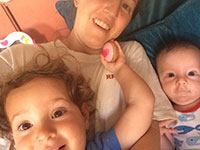 About Samara:
About Samara:
Samara Kamenecka is a VA specialized in SEO and writing.
When she’s not chained to her desk working, she likes to get outside with her boyfriend, their two kids and their dog.
She blogs about everything from baby-led weaning to baby gear at Tiny Fry.
You can also follow her on Facebook or Pinterest.
![]()
Thank you so much Samara for this inspiring post about teaching Mindfulness to children.
And you, do you use similar strategies already, or are you going to? Let us know in the comments below, and don’t forget to share / pin this post if you’ve enjoyed it :)
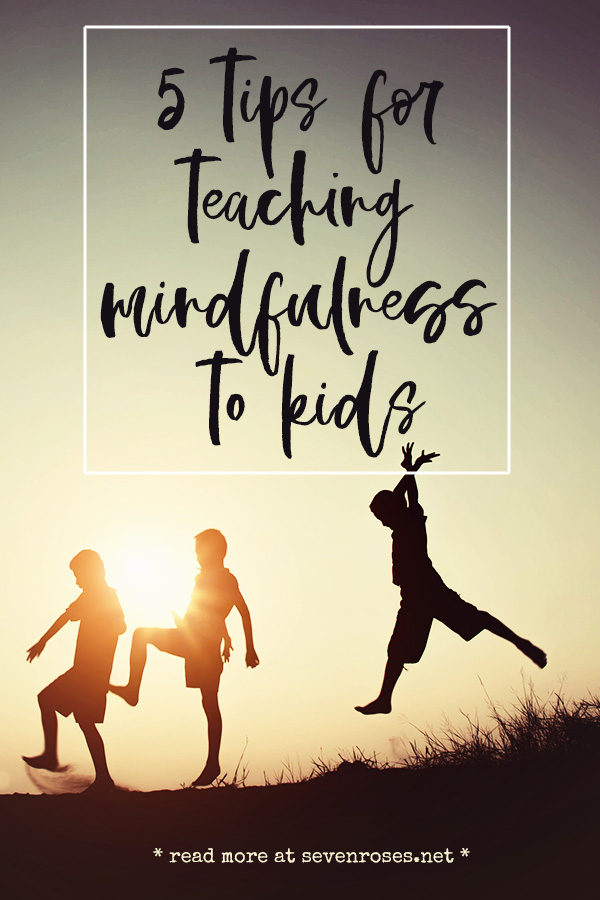

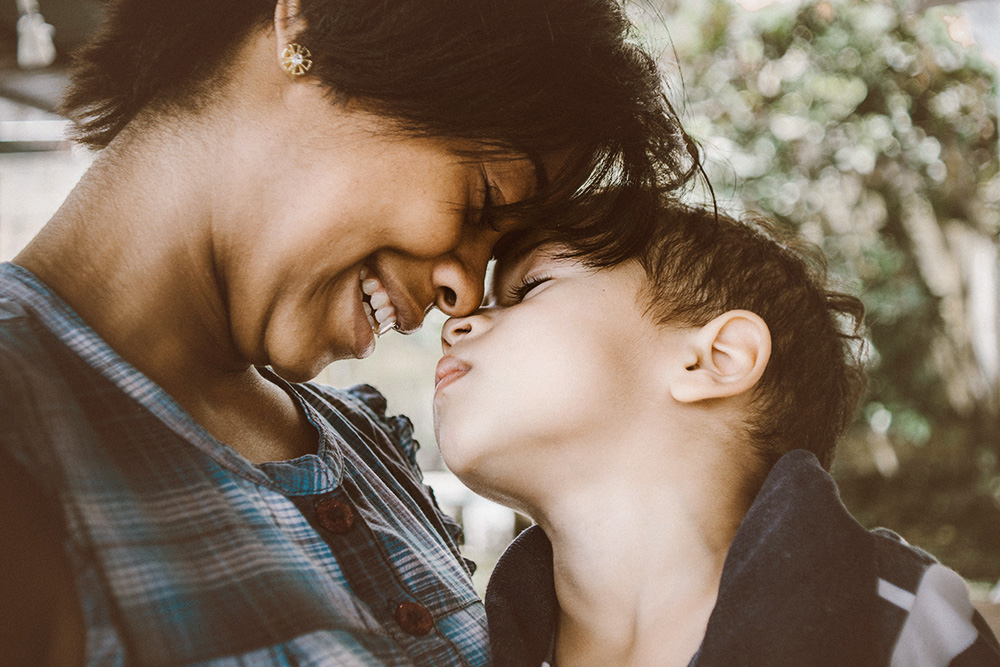 Photo by
Photo by 
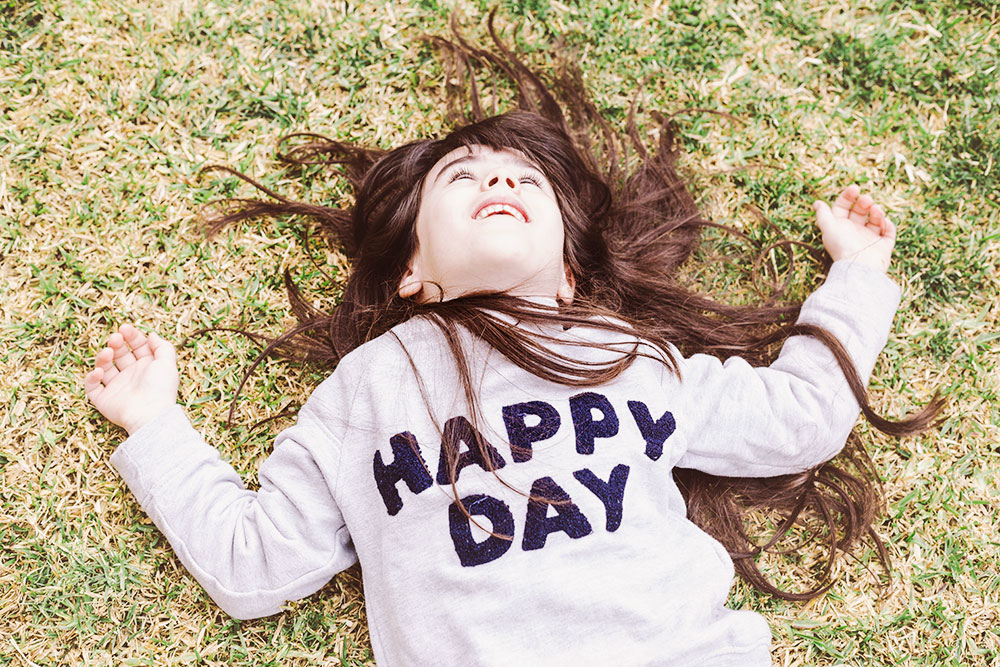
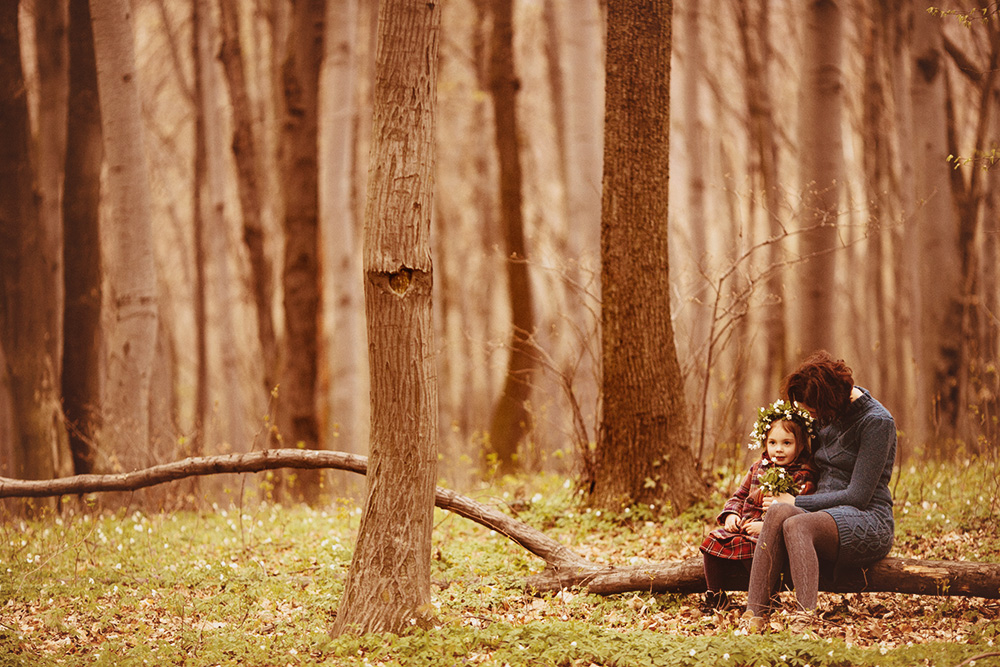
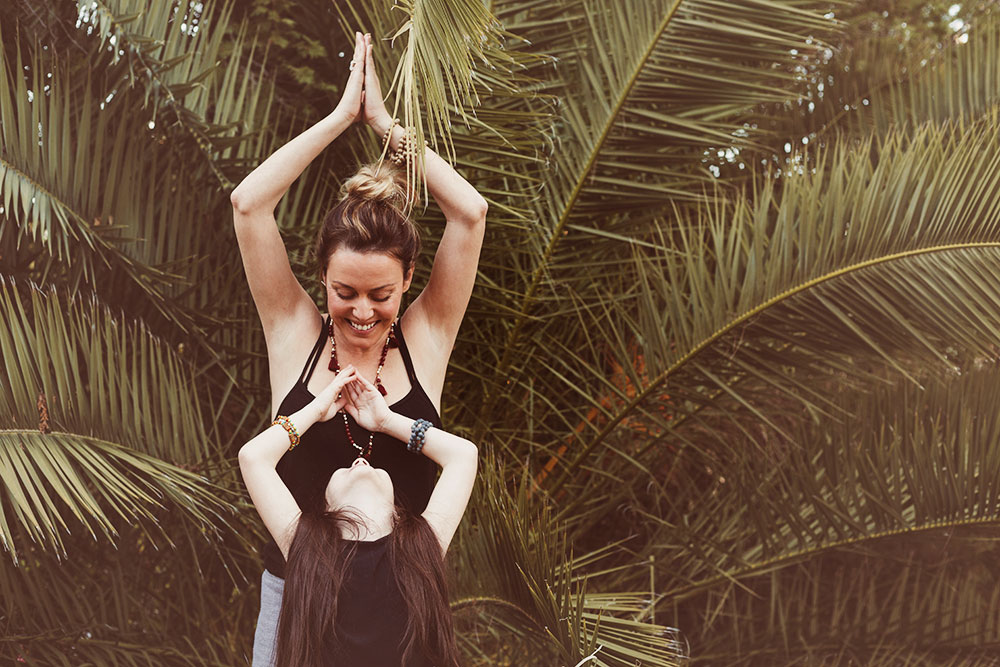




Comments
Subin
12/06/2018Nice article, thanks for sharing!